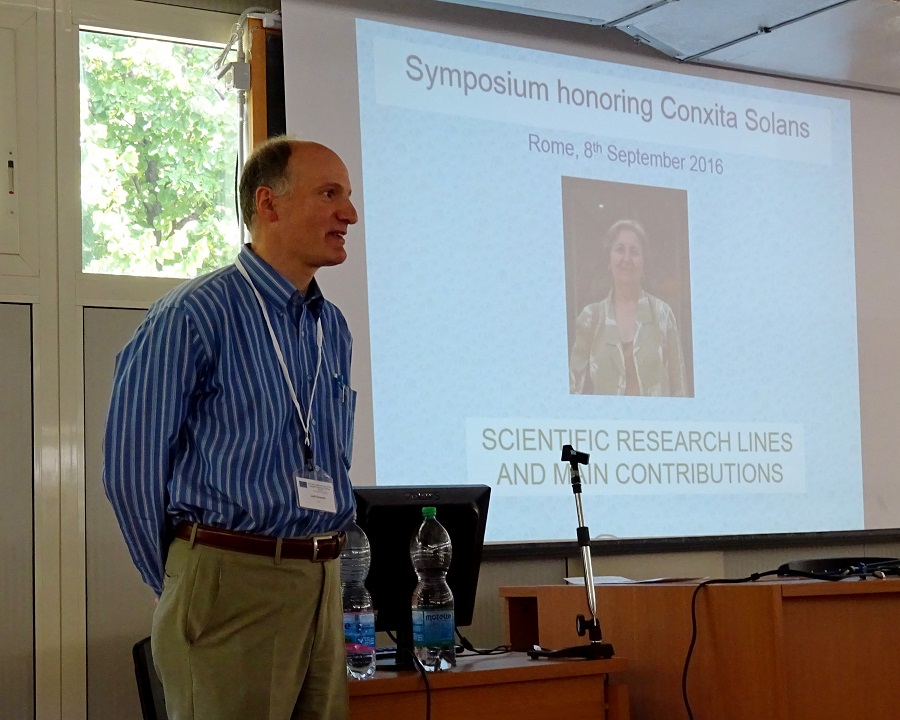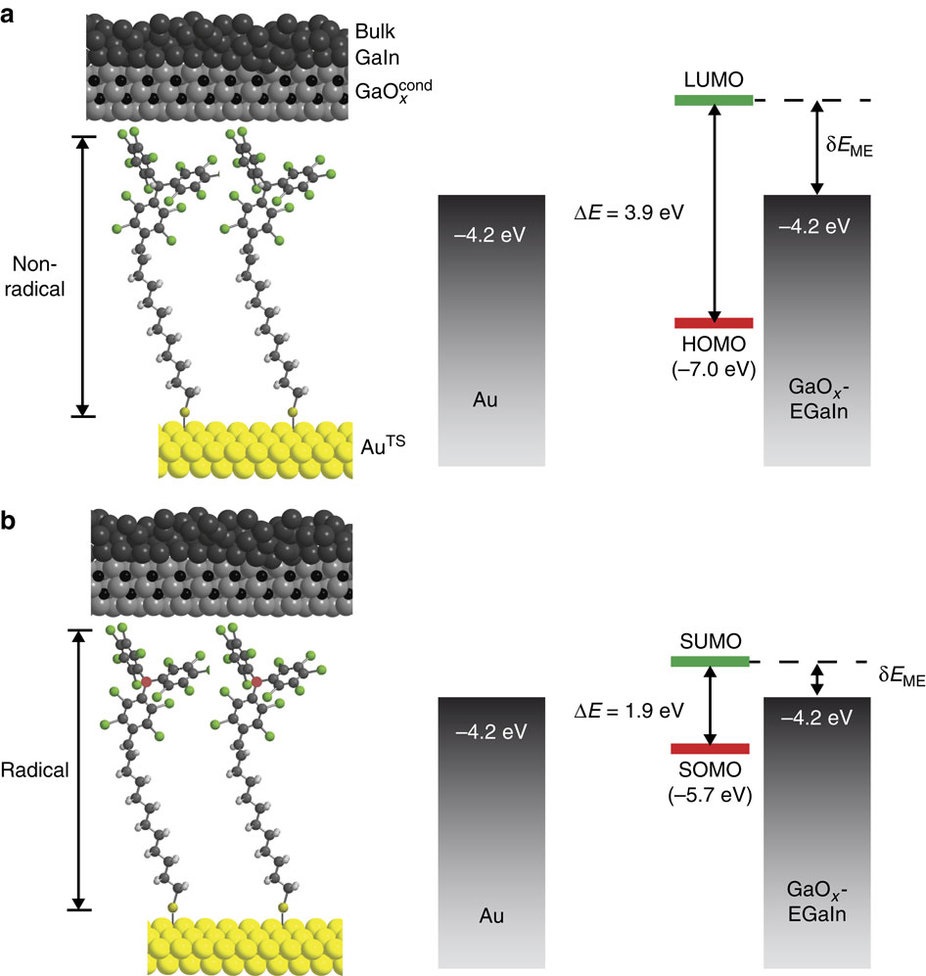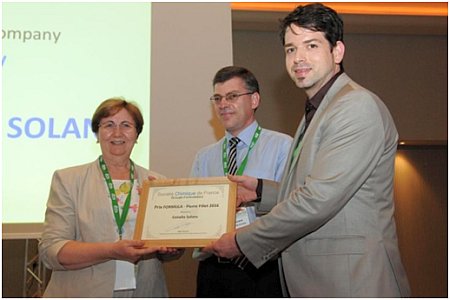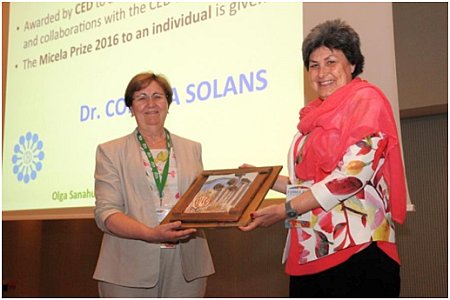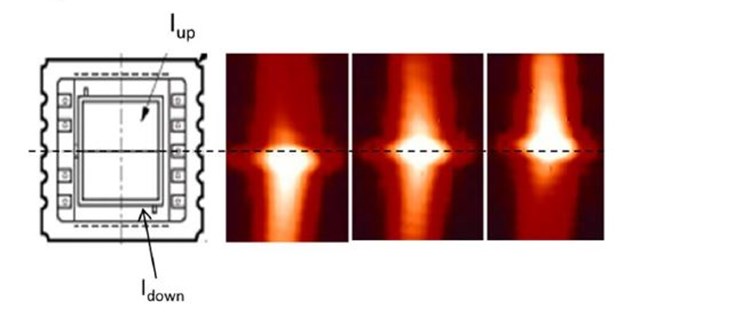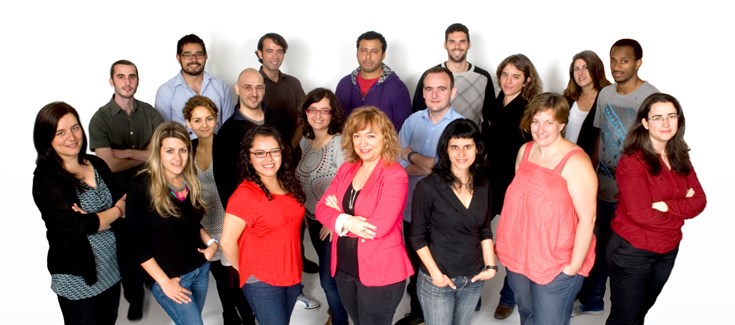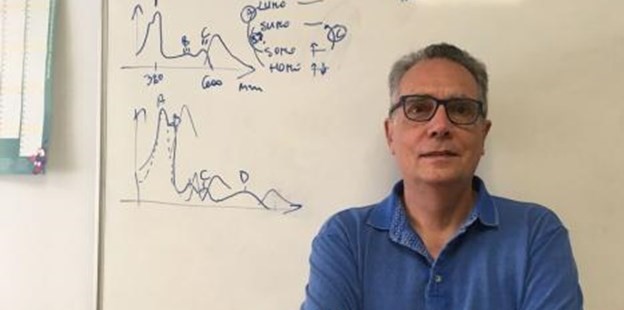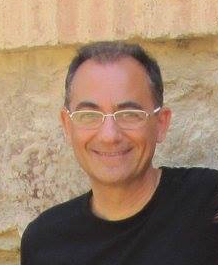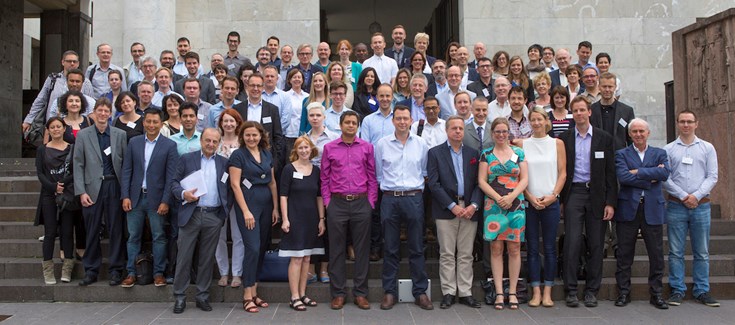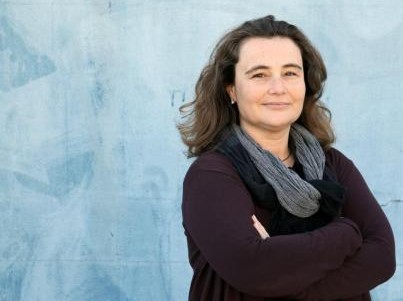Symposium honouring Professor Conxita Solans. (ECIS Rome 2016)
In the frame of ECIS 2016, the 30th Conference of the European Colloid and Interface Society (ECIS), Rome 4-9 September, 2016, a special Symposium honouring Conxita Solans was organized on September 8th – 2.00-5.00 pm. Conxita Solans, Scientific Director of Unit 12 of NANBIOSIS, has during many years been one of the leading scientists in the field of surfactants and dispersions. She has been very active in ECIS, presenting her research results at several conferences, being President and also organizing one ECIS meeting in Barcelona.
